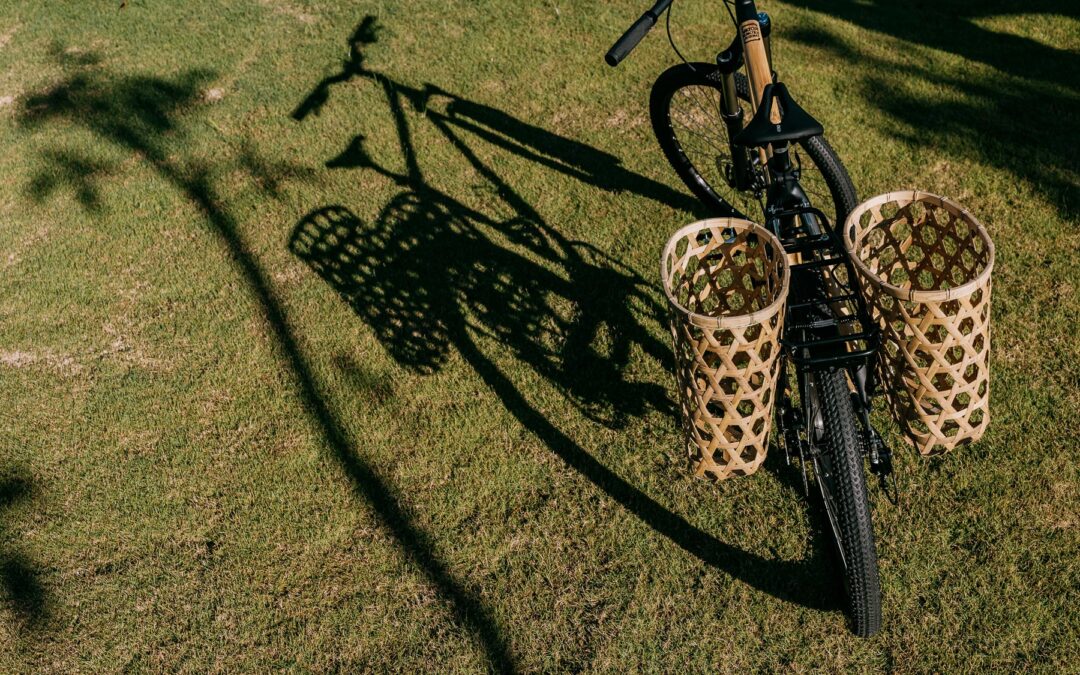
Bamboo pioneers: Singgih Kartono, founder of Spedagi Bamboo Bike
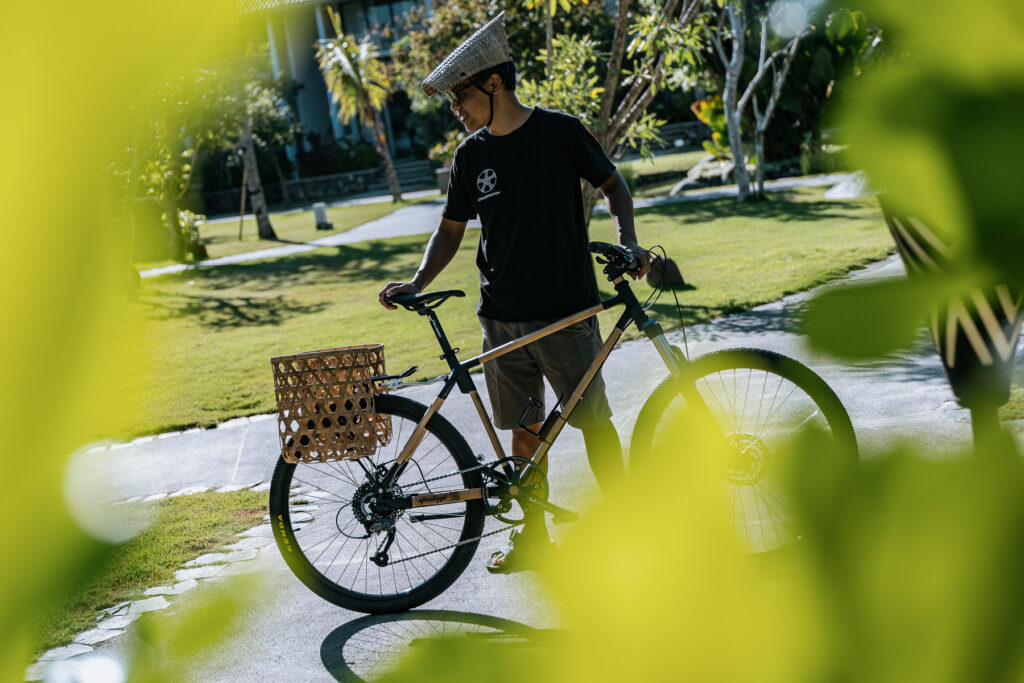
I was born in a village and bamboo is a very abundant plant in my village. When I was a kid, I liked to make toys, and the most easily available material for making toys was bamboo. Unlike wood, bamboo is easier to split and cut.
Bamboo is very close to our lives. Almost all village households, furniture, agricultural tools, and even houses use bamboo material. Our closeness to bamboo once made me not see the advantages and uniqueness of bamboo. Even as a designer, I had a time when I stopped the use of bamboo material in my works and switched to wood.
I started making bamboo bikes in early 2013 after seeing and being amazed by the bamboo bikes designed by Craig Calfee from the United States. His bike is not only made of bamboo, it also has great design and is very well made and assembled.
Bamboo in Indonesian villages
Bamboo in Indonesia faces the exact same problems that Indonesian villages face: boredom and inferiority.
The boredom arises because bamboo has been familiar to us for a long time and is very close to our daily lives. In the village, people have experiences with bamboo from birth to death. From kitchen and household utensils, agricultural tools, houses, buildings and construction of tombs also use bamboo.
Bamboo is also seen as something that is closely related to poverty and this view creates feelings of inferiority. For example, many novels describe poor families with ‘the ones who live in bamboo houses’.
In the concept that I developed at Spedagi Movement, I see the future as the past in a new form.
Let’s say the past is that bamboo. When I look into the future, then I see bamboo in a new form. We need to look at the past and everything around us today through the lens of the future. In developed countries, people use science to see what is around them that can be used in the future.
When it comes to cutting bamboo, I still use traditional knowledge. I determine the logging days according to traditional knowledge. And it turned out okay. I understand why traditional people carry out the practices which we know as niteni (observing, paying attention). They observe the environment around the bamboo so that they know the best way to treat this plant. They don’t have the tools, instruments, or a more detailed scientific approach supported by adequate equipment, so they can’t formulate it scientifically.
How we should view bamboo
First we need to take care of and plant more bamboo.
Viewed as boring and inferior, bamboo is prone to being evicted from the landscape. I found a lot of bamboo plants were being eradicated. Whereas bamboo is part of the landscape of the village community; the cultural, historical, and environmental landscapes. And I think if this important part is lost then one day we will be very sorry. Moreover, bamboo has become one of the materials that is a promising substitute for wood because it grows very fast and has very good qualities.
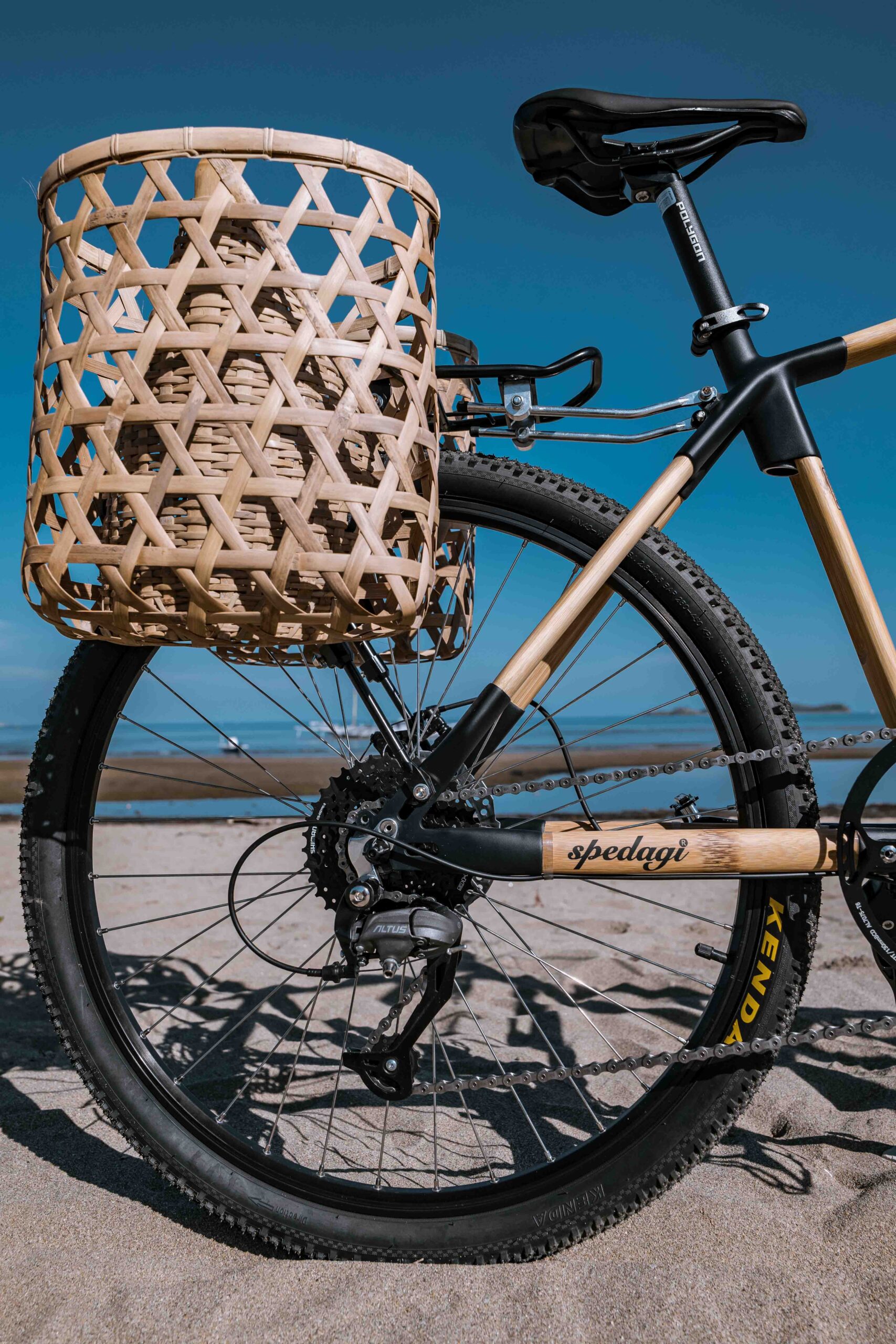
Second, we must be able to educate people about bamboo in new ways
Because what we are fighting against is a perception of being boring and inferior. We need a creative approach so that people can see that bamboo is extraordinary. However, to be able to see how the past, or everything around us, has future values, we must learn to see it through the lens of science, therefore we need to broaden our horizons. We must clean our glasses or learn to use new glasses, to be able to see the value and future potential of bamboo.
What is Spedagi?
If we take bamboo seriously, the products we create will be different and unique, which makes us different from other countries. Moreover, many bamboo species are found in Indonesia as the climate is suitable for bamboo.
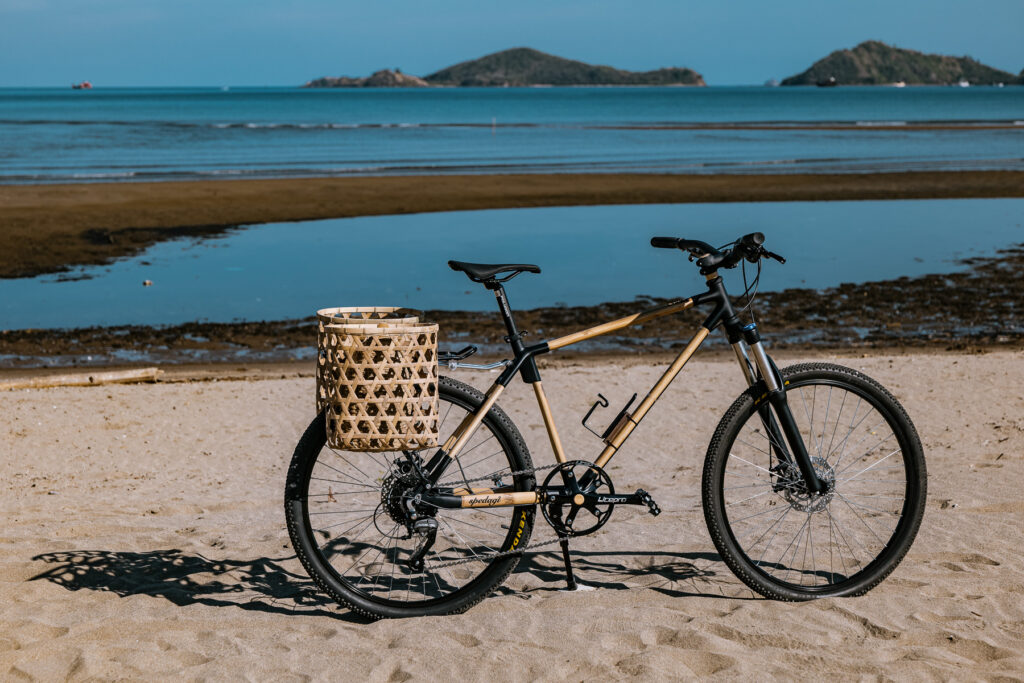
![]()
The Spedagi bamboo bicycle is not just a means of transportation using bamboo material, but more than that, this bicycle has become part of the Spedagi Movement and has turned it into a product that has created a social movement. This uniqueness is not found in other products.
Spedagi is one example of how I try to show that bamboo is not a material that can only be made for simple and inexpensive products. Bamboo can be processed into a good and high-value product.
Spedagi was awarded the G-Mark Japan Good Design Award in 2018. G-mark Japan GOOD DESIGN award is the largest Asian award founded in 1957 and reflects Japanese design values and principles that aim to enrich lives, industries, and society.
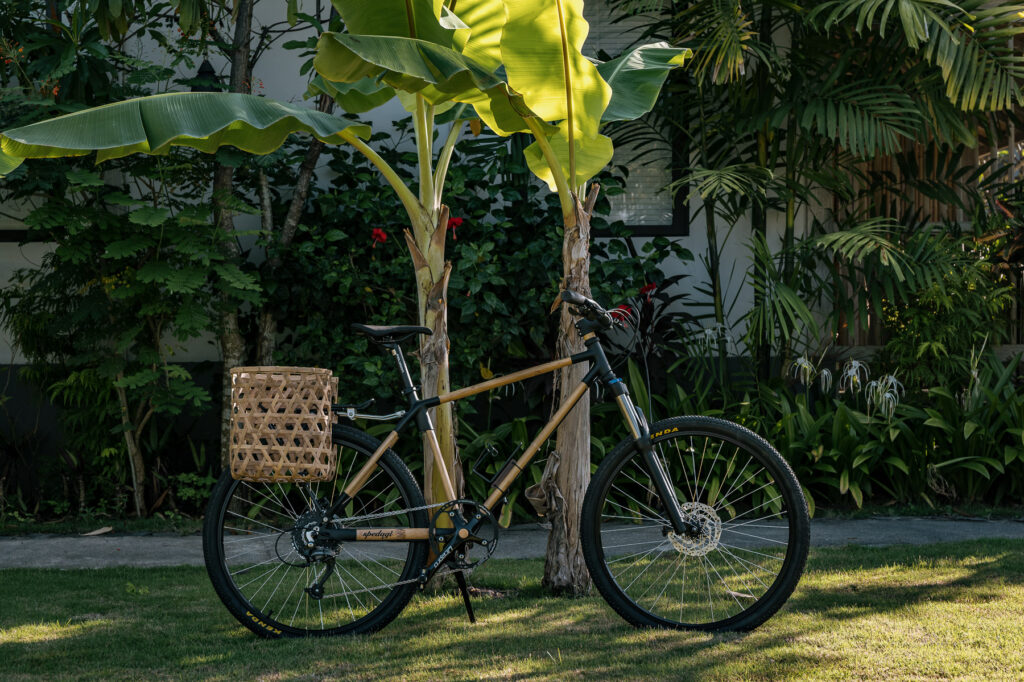
Pasar Papringan: restoring rural pride
The Papringan Market project is actually quite simple, because its activity is only to clean the bamboo clumps and then create a terrace area between the bamboo clumps using honed stone – which is actually a traditional technique that is environmentally friendly as the terrace still absorbs water. When the bamboo forest was cleaned and simply arranged, the bamboo clumps in it looked beautiful and became an authentic and natural garden. The empty area underneath the bamboo canopy that we clean with the community then becomes a place to sell local products in the form of culinary, handicraft, and agricultural products.
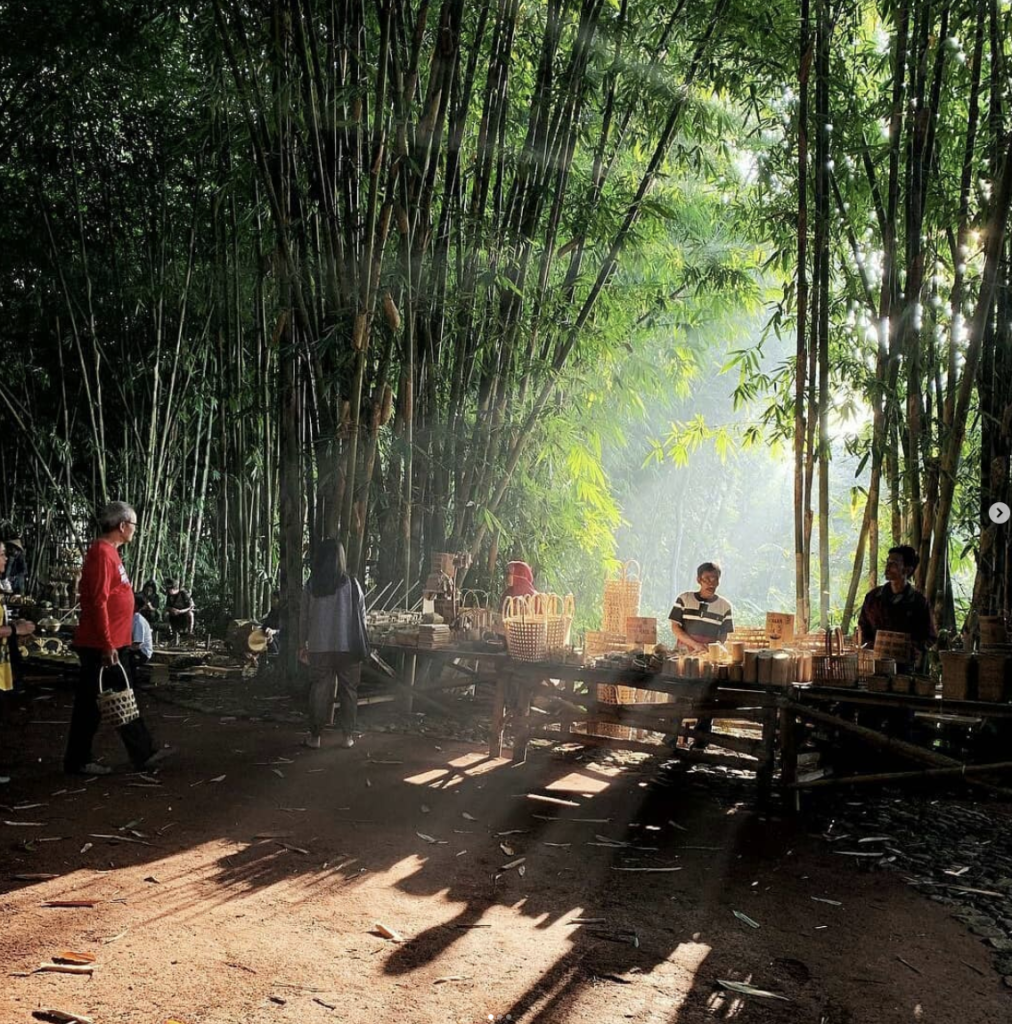
Papringan market also shows that the culture of the traditional or village community is full of ‘future values’ due to the following:
Papringan market is a plastic-free market emulating traditional communities in the past that did not use any plastic. All vendors at Papringan Market only use leaves and bamboo baskets for containers to transport and store merchandise. Isn’t it time this traditional practice becomes a future practice? A value that reflects how to protect nature sustainably starting from the local economy.
Papringan market provides healthy food with 100% traceability because all the ingredients are taken from the surrounding environment. We know who the food ingredients are grown by, and from whose garden the banana leaves used for wrapping are taken. Aren’t these all stories from the future that have also come from the past?
So we have to learn or find a way to be able to see the value and potential of bamboo and all other resources in the village as something special.
What we need to teach our children about bamboo
Combining the boredom of rural communities with the amazement of urban communities in relation to bamboo is something that is important for us to use as a basis for formulating a better education for the younger generation, especially children.
Children in the village need to be introduced to how to process bamboo starting from the benefits of bamboo shoots for cooking, growing bamboo, making toys from bamboo, to how to dry bamboo using new tools or technology. Children in the village are usually very interested in new technology.
Meanwhile, young people in urban areas or developed countries need to be invited to see the ‘bamboo lives’ of traditional people, so that they can see how bamboo is an important part of life. In addition, they also need to be invited to learn traditional knowledge about bamboo.
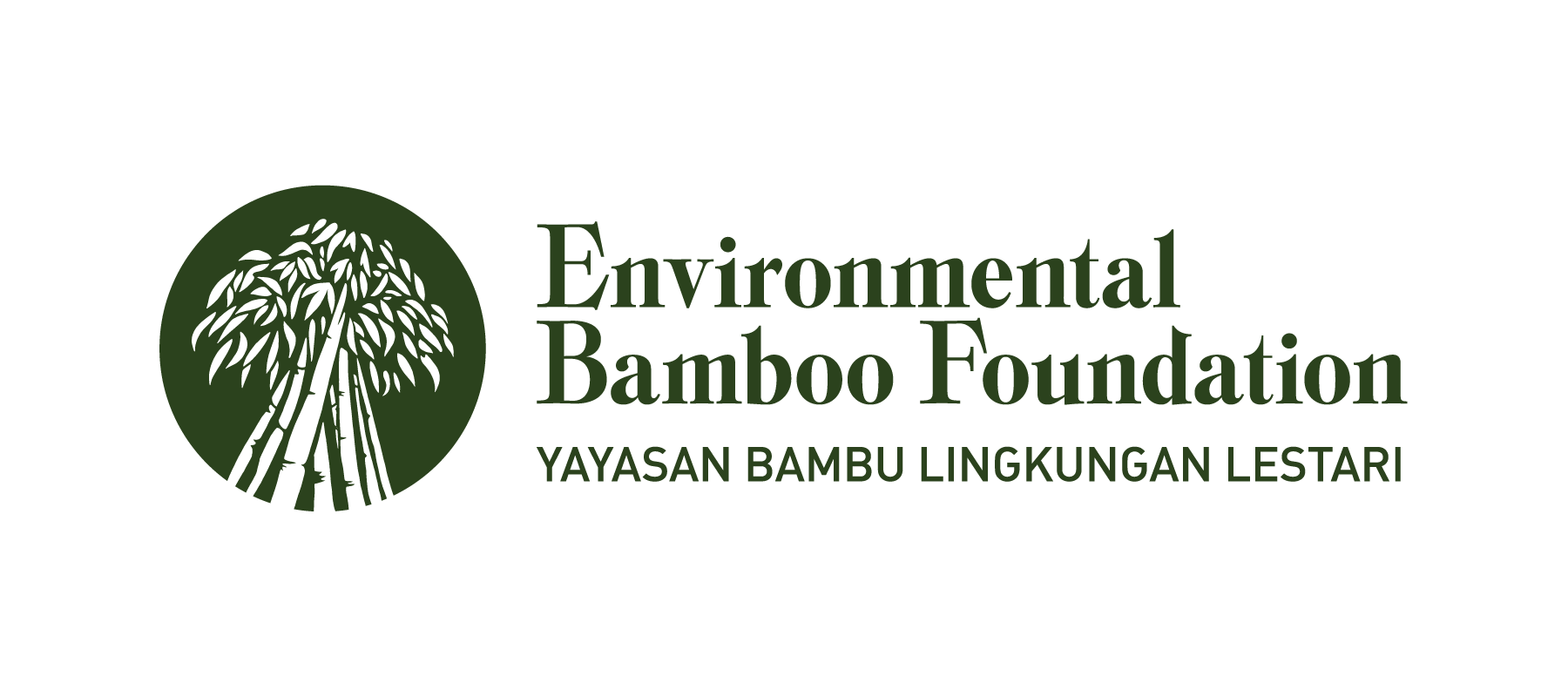
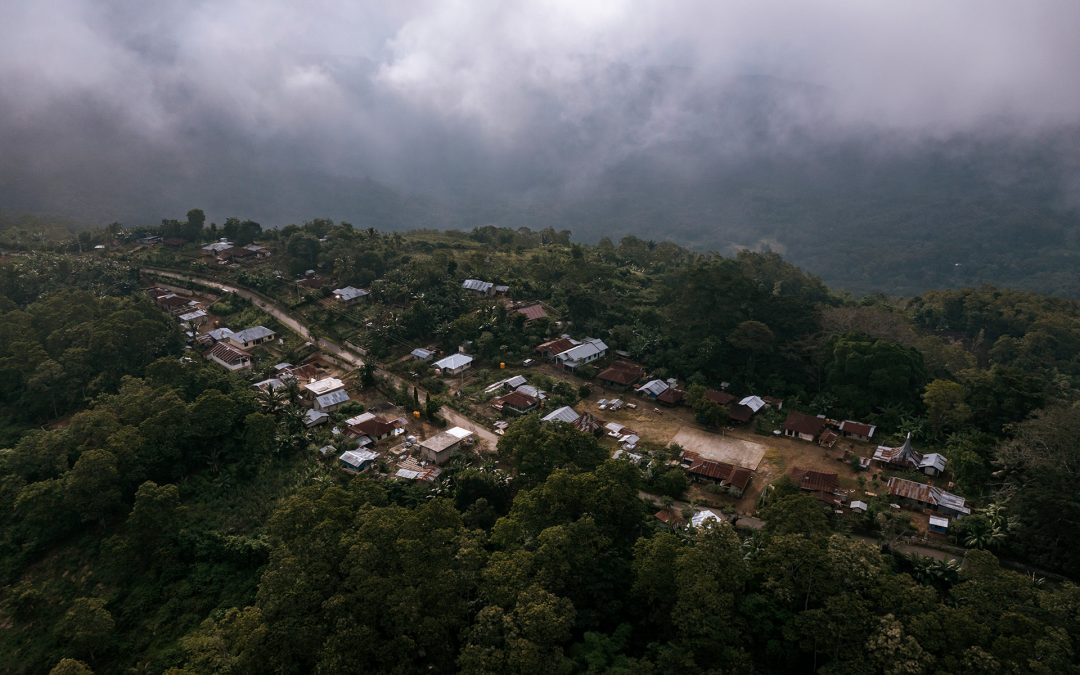
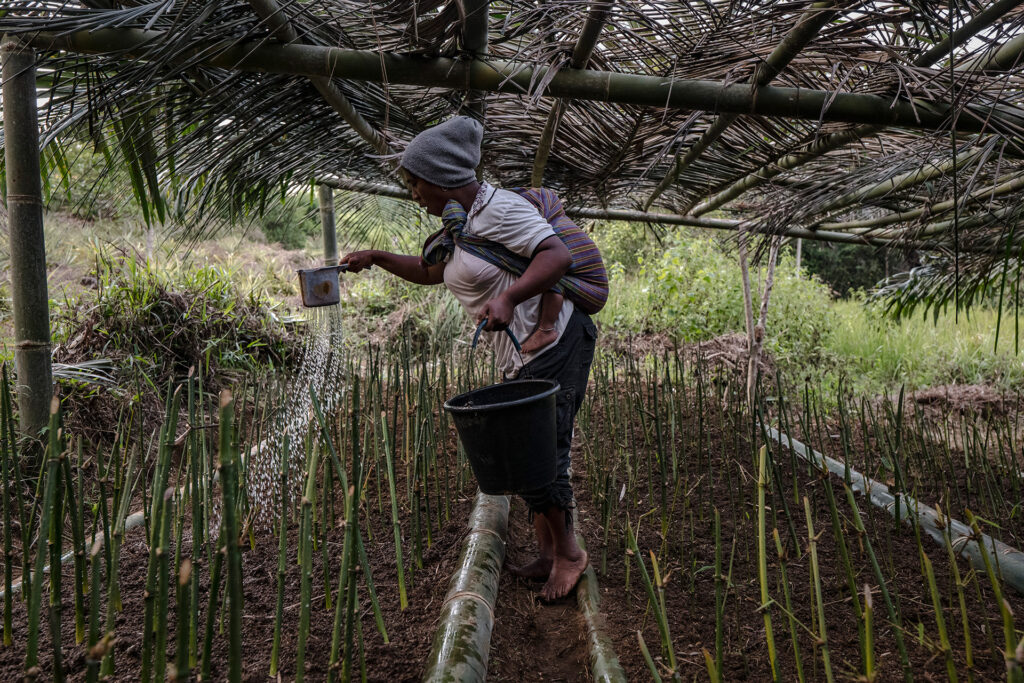
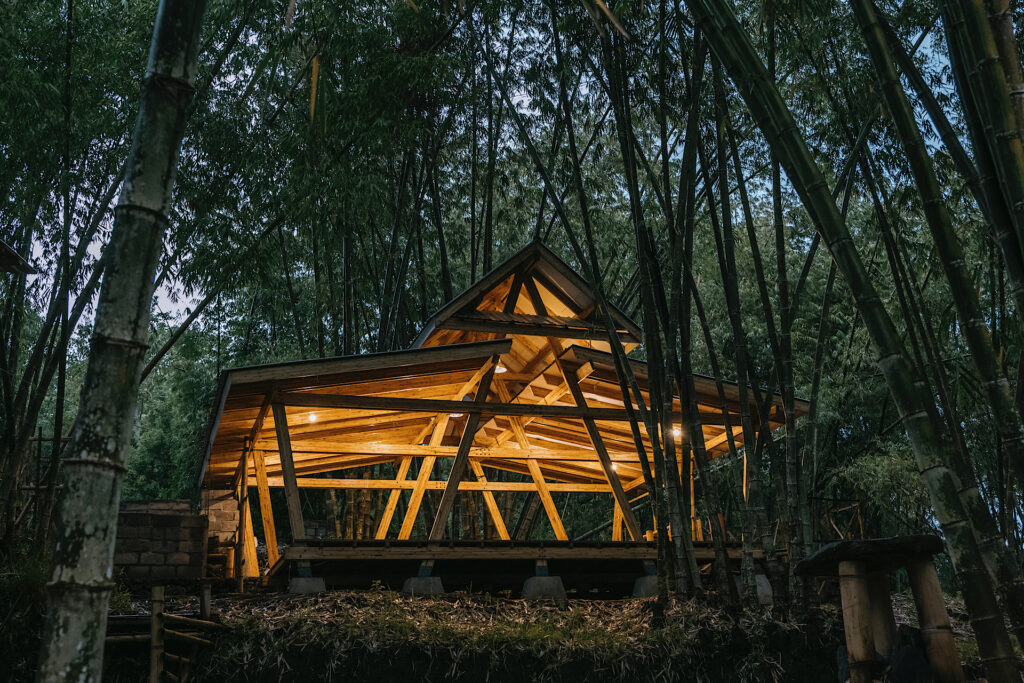
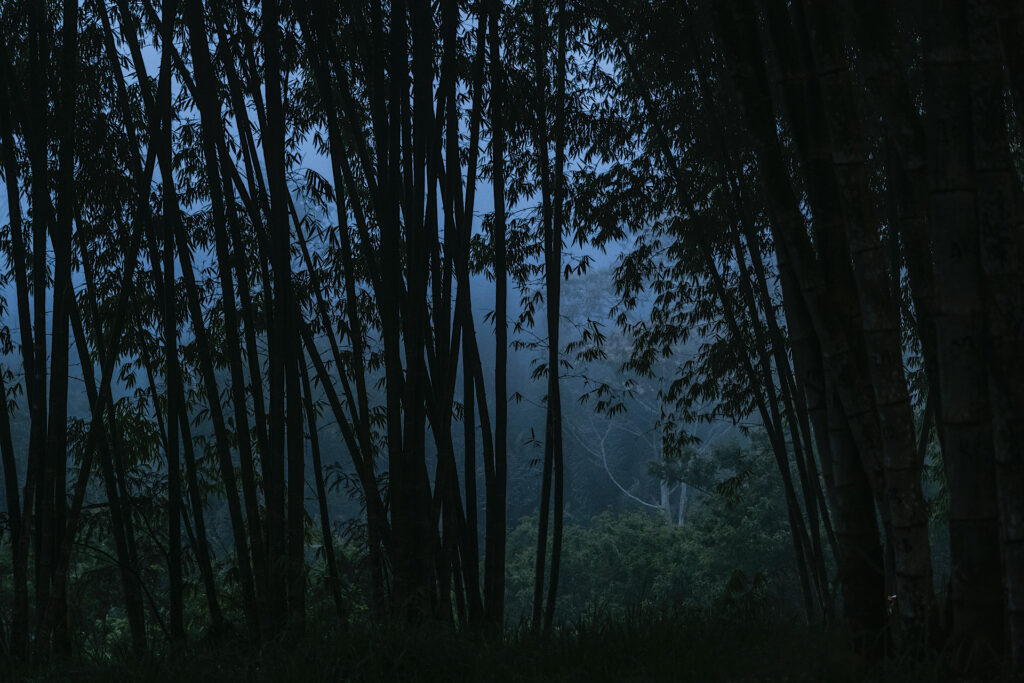
Recent Comments